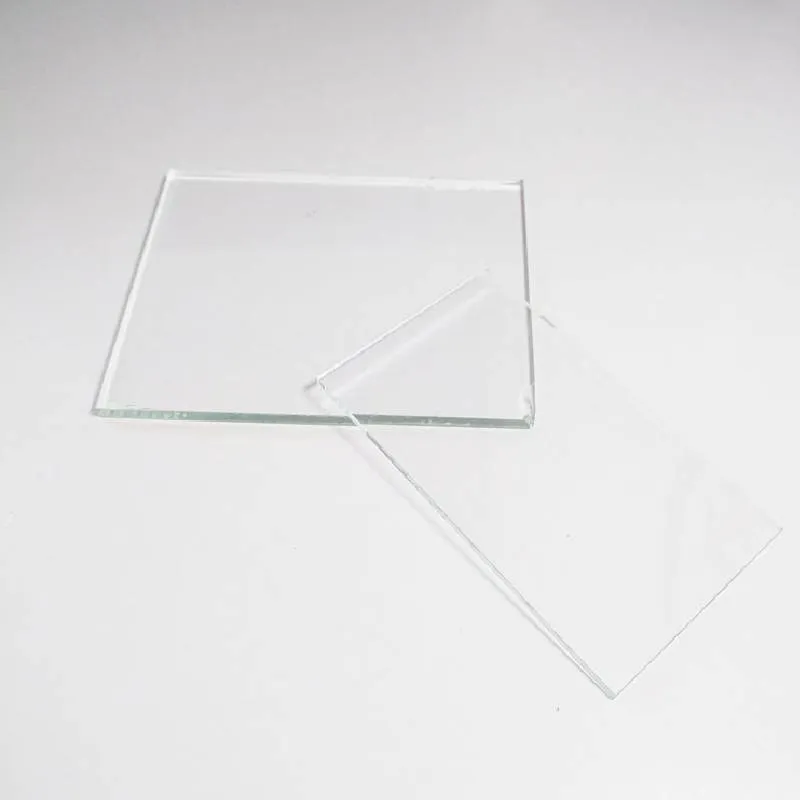The Process of Making Toughened Glass
Toughened glass, also known as tempered glass, is a type of safety glass that has been heat-treated to enhance its strength and thermal resistance. This process not only improves its durability but also ensures safer fragmentation upon breakage. Understanding the process of making toughened glass involves exploring several stages that intricately combine physics, engineering, and chemistry.
Step 1 Selection of Raw Materials
The journey of toughened glass begins with the selection of raw materials. Standard glass is made from silica sand, soda ash, and limestone. The mixture is carefully proportioned, as the quality of the raw materials significantly influences the glass's final properties. High purity silica is essential, as impurities can lead to weaknesses in the glass structure. Other additives may be included to impart specific characteristics, such as reduced thermal expansion or improved clarity.
Step 2 Melting the Glass
Once the raw materials are prepared, they enter a furnace where they are heated to temperatures exceeding 1500 degrees Celsius (2732 degrees Fahrenheit). This process transforms the raw materials into molten glass. The melting phase is critical, as it must be maintained long enough to ensure that all particles are homogeneously mixed and any bubbles are eliminated. The quality of the molten glass will directly affect the final product.
Step 3 Forming the Glass
After melting, the molten glass is shaped into sheets through various forming techniques, with the most common method being floating. In this technique, the molten glass is poured onto a bed of molten tin, allowing it to spread evenly and create flat sheets. As the glass cools, it solidifies and maintains a uniform thickness with smooth surfaces. This stage is crucial, as any imperfections can compromise the integrity of the final toughened glass.
Step 4 Annealing
process of making toughened glass
Following formation, the glass sheets must undergo annealing, a controlled cooling process that reduces internal stresses. The glass is placed in an annealing lehr where the temperature is gradually lowered. If cooling occurs too rapidly, it could lead to stress fractures, which would undermine the glass's strength. By regulating the temperature, the manufacturing process ensures that the glass remains stable and free from spontaneous breakage.
Step 5 Toughening Process
The toughening process itself involves heating the annealed glass to approximately 620 degrees Celsius (1148 degrees Fahrenheit) and then rapidly cooling it using jets of cold air. This heating and cooling method introduces compressive stresses on the surface of the glass while creating tensile stresses within it. As a result, the outer surfaces become significantly stronger than the inner portions. Toughened glass can withstand impacts, thermal shocks, and sudden temperature changes that standard glass cannot endure.
Step 6 Cutting and Finishing
After toughening, the glass sheets are inspected for quality and may then be cut into specific dimensions according to customer requirements. Unlike ordinary glass, toughened glass cannot be cut after the toughening process; therefore, precise measurements are vital. Edges may be polished or treated to prevent chipping, ensuring the glass meets aesthetic and safety standards.
Step 7 Quality Control
Before reaching the market, toughened glass undergoes rigorous quality control checks. This includes evaluating distortions, bubbles, and scratches, as well as testing the strength and thermal resistance of the product. Regulatory standards dictate that toughened glass must meet specific safety requirements, particularly when used in construction, automotive, or appliance industries.
Conclusion
In summary, the process of making toughened glass is a complex interplay of science and industry. From selecting the right raw materials to adhering to stringent quality control measures, each step lays the groundwork for a product renowned for its strength and safety. As technology continues to evolve, so too does the manufacturing of toughened glass, which plays a pivotal role in modern architecture and design, ensuring that safety and aesthetics go hand in hand.
 Afrikaans
Afrikaans  Albanian
Albanian  Amharic
Amharic  Arabic
Arabic  Armenian
Armenian  Azerbaijani
Azerbaijani  Basque
Basque  Belarusian
Belarusian  Bengali
Bengali  Bosnian
Bosnian  Bulgarian
Bulgarian  Catalan
Catalan  Cebuano
Cebuano  Corsican
Corsican  Croatian
Croatian  Czech
Czech  Danish
Danish  Dutch
Dutch  English
English  Esperanto
Esperanto  Estonian
Estonian  Finnish
Finnish  French
French  Frisian
Frisian  Galician
Galician  Georgian
Georgian  German
German  Greek
Greek  Gujarati
Gujarati  Haitian Creole
Haitian Creole  hausa
hausa  hawaiian
hawaiian  Hebrew
Hebrew  Hindi
Hindi  Miao
Miao  Hungarian
Hungarian  Icelandic
Icelandic  igbo
igbo  Indonesian
Indonesian  irish
irish  Italian
Italian  Japanese
Japanese  Javanese
Javanese  Kannada
Kannada  kazakh
kazakh  Khmer
Khmer  Rwandese
Rwandese  Korean
Korean  Kurdish
Kurdish  Kyrgyz
Kyrgyz  Lao
Lao  Latin
Latin  Latvian
Latvian  Lithuanian
Lithuanian  Luxembourgish
Luxembourgish  Macedonian
Macedonian  Malgashi
Malgashi  Malay
Malay  Malayalam
Malayalam  Maltese
Maltese  Maori
Maori  Marathi
Marathi  Mongolian
Mongolian  Myanmar
Myanmar  Nepali
Nepali  Norwegian
Norwegian  Norwegian
Norwegian  Occitan
Occitan  Pashto
Pashto  Persian
Persian  Polish
Polish  Portuguese
Portuguese  Punjabi
Punjabi  Romanian
Romanian  Russian
Russian  Samoan
Samoan  Scottish Gaelic
Scottish Gaelic  Serbian
Serbian  Sesotho
Sesotho  Shona
Shona  Sindhi
Sindhi  Sinhala
Sinhala  Slovak
Slovak  Slovenian
Slovenian  Somali
Somali  Spanish
Spanish  Sundanese
Sundanese  Swahili
Swahili  Swedish
Swedish  Tagalog
Tagalog  Tajik
Tajik  Tamil
Tamil  Tatar
Tatar  Telugu
Telugu  Thai
Thai  Turkish
Turkish  Turkmen
Turkmen  Ukrainian
Ukrainian  Urdu
Urdu  Uighur
Uighur  Uzbek
Uzbek  Vietnamese
Vietnamese  Welsh
Welsh  Bantu
Bantu  Yiddish
Yiddish  Yoruba
Yoruba  Zulu
Zulu 

